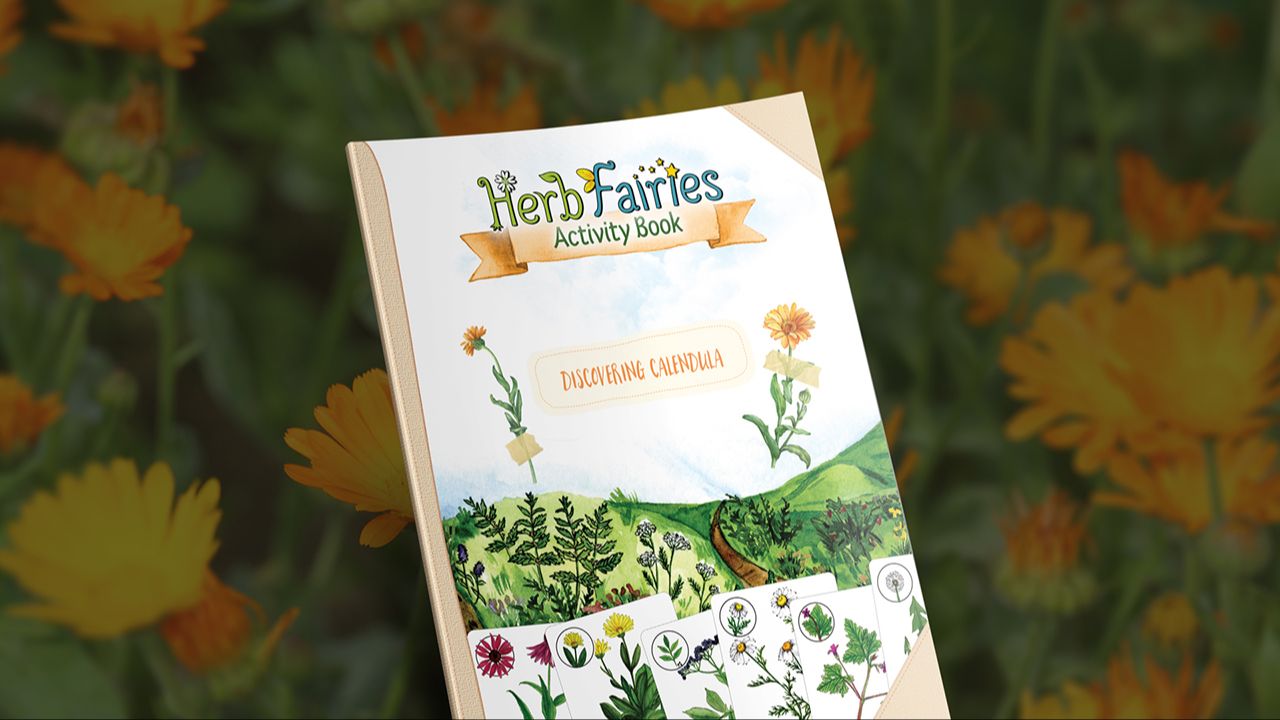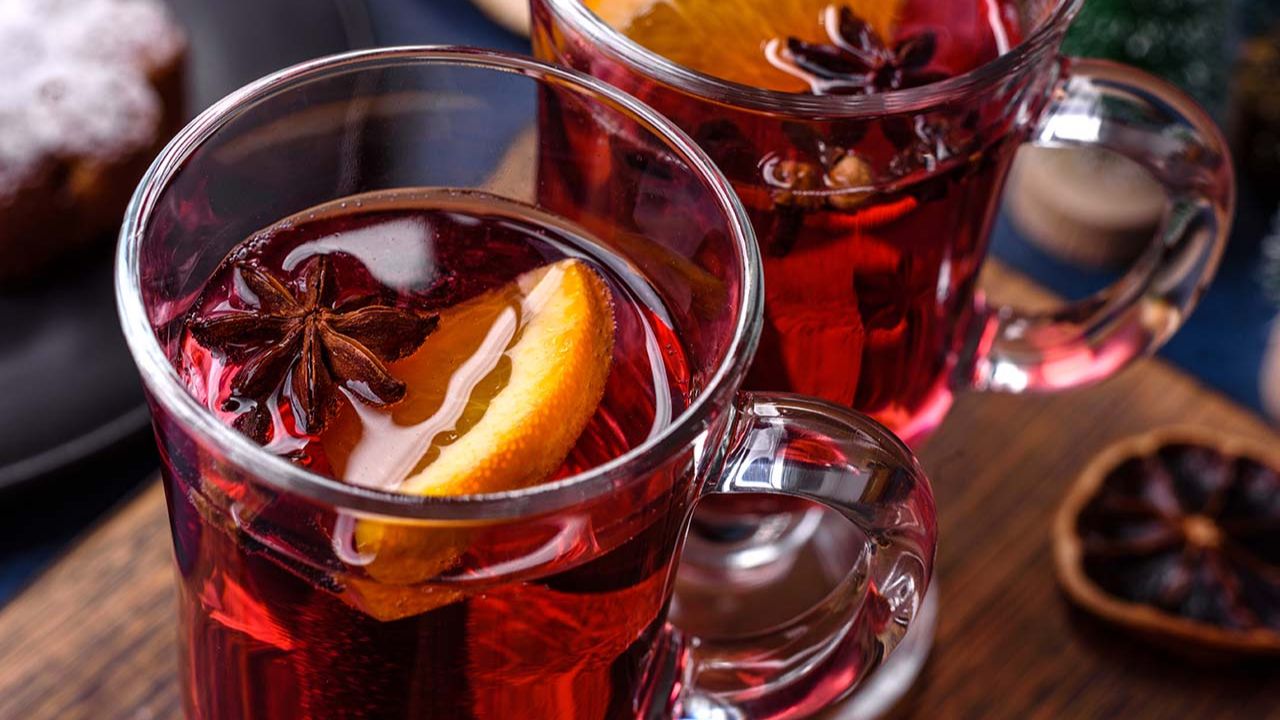
Clove Uses and Plant Monograph
A beloved spice native to Indonesia, cloves are the unopened flower buds of an evergreen tree, which are harvested when they are pink and then dried until brown. The buds are then either left whole, ground into a powder or steam-distilled to produce a concentrated essential oil. The flowers resemble tiny nails, and the name for clove is derived from the Latin word clavus, meaning nail, due to their appearance.
Cloves are composed of 14–20% essential oil, with a warming pungency that may explain clove’s popularity in foods and drinks as a carminative spice for stimulating digestion and warmth, such as the classic Vietnamese phở, a noodle soup seasoned with cloves, coriander, black cardamom and other spices.
Cloves are enjoyed by many peoples across different cultures of the world, and have infused countless soups, stews, sauces, meat, and rice dishes with delicious warmth and flavor. The clove is also a valued herb in various traditional healing systems, common both to Ayurveda and Traditional Chinese Medicine.
Clove Uses and Plant Profile Summary
-
Botanical Name: Syzygium aromaticum
-
Other Common Names: Clove
-
Family: Myrtaceae
-
Parts Used: flower buds, leaves, and stems
-
Energetics: warming, stimulating
-
Taste: spicy, pungent
-
Plant Properties: analgesic, anti-inflammatory, antibacterial, antifungal, anesthetic, carminative
-
Plant Uses: bad breath, toothache, body pains/aches, constipation, indigestion, irritable bowel syndrome (IBS)
-
Plant Preparations: tea, oil, food, pomander
Clove for Bone Health
Cloves contain eugenol and flavonoids that increase bone density as well as various minerals that support bone health. They are an excellent source of manganese and a good source of calcium, which are also both critical for building bone strength. One teaspoon of clove contains over 50% of the daily recommended manganese value suggested by the Dietary Reference Intakes.1 One teaspoon of ground cloves contains 13 milligrams of calcium, as well as 21 milligrams of potassium.2
A 2020 study published by the Korean Nutrition Society observed how potassium intake relates to the prevalence of osteoporosis and osteopenia amongst 8,732 men and postmenopausal women aged over 50. They focused on the link between dietary potassium and the prevalence of osteoporosis indicating that higher dietary levels of potassium have a favorable effect on bone health and can prevent osteoporosis.3

Clove for Digestion
Cloves are very popular in cuisines around the world in part because of their carminative properties, which contribute to a healthy digestive system. Cloves stimulate enzyme secretions that promote digestive movement, preventing the buildup of gas and easing nausea and gastric irritability. Cloves have been used for centuries in the treatment of vomiting, nausea and flatulence.4

Clove for Pain and Inflammation
Clove essential oil when used topically has been shown to possess useful analgesic and anesthetic qualities.5 The eugenol in cloves helps to ease pain by stimulating pain receptors in the body. Several studies have documented the antispasmodic and anti-inflammatory activity of eugenol.6,7,8 Many people use clove essential oil or extract for relief from inflammation, arthritis, and pain in general.

Clove for Oral Care
Since ancient times, many peoples have enjoyed the benefits of clove for oral health. According to the Charaka Samhita, an ancient Sanskrit text that forms one of the three foundational texts of Ayurveda, “One who wants clean, fresh, fragrant breath must keep nutmeg and cloves in the mouth.”9 Clove is a common ingredient in mouthwashes and toothpaste. The eugenol found in cloves is a natural anesthetic, which is why cloves can cause a numbing sensation in the mouth. Clove essential oil is often used as an analgesic for toothaches, but according to Rosemary Gladstar, it is just as effective to use the entire clove bud, powdered and applied directly to the gum.10 Juliette de Bairacli Levy, who traveled and learned with Romani people in Europe, wrote that Romani folk healers in France soaked whole cloves in hot honey to treat a toothache and let the patient chew them slowly, rolling them around the aching tooth.11 To dilute, the NAHA (National Association for Holistic Aromatherapy) suggests using 15 drops of clove essential oil per ounce of carrier oil, such as grapeseed or coconut, in order to create a 2.5 percent solution.12
Clove oil is often recommended for sore gums and tooth decay. A simple home remedy for toothache is to mix clove powder with a little grapeseed oil and rub the mixture over the gum area. Regular use of clove in oral care over time may strengthen both the gums and teeth through its antibacterial and anti-inflammatory properties. In one study published through the National Institutes of Health (NIH), researchers observed that cloves may be able to help decrease the decalcification of teeth as well as remineralize and strengthen teeth.13 A diluted clove oil has also been used with infants and children for early pains such as teething.

Clove to Spice Food
Cloves are a good source of omega-3 fatty acids, vitamin C, manganese, vitamin K, dietary fiber, potassium, calcium and magnesium. They are also a good source of beta-carotene, which comes from their rich brown color. Whole cloves and clove powder infuse many traditional beverages and broths around the world, from South Asian masala chai to European mulled wine. Many classic spice blends around the world include cloves, such as Baharat, a popular seasoning across North Africa, Southwest Asia and the eastern Mediterranean; Baharat combinines clove, black pepper, coriander, paprika, cinnamon, nutmeg, and other spices. Ras el Hanout is a complex Moroccan spice blend featuring cloves, along with sometimes as many as thirty other spices, such as ginger, coriander, cardamom, and roses. The name “ras el hanout” means “head of the shop” in Arabic, as so many delicious spices go into it.
Berbere, or “pepper” in Amharic, is the name of a spice blend that is a pillar of Ethiopian and Eritrean cuisines, featuring chili peppers and warming spices such as cloves and ginger. Chinese Five Spice pairs clove with Sichuan peppercorns, star anise, cinnamon, and fennel seeds. A popular aromatic and anti-inflammatory spice blend known in Yemen as Hawaij often features cloves, along with spices like turmeric, black pepper, cumin, and cardamom. The word “hawaij” means “mixture” in Arabic, and the spices included in it vary by region and personal taste; they may also shift depending on whether the hawaij is prepared in a savory dish, such as a soup or stew, or in a sweet dessert or coffee.
Similarly, in Somalia, people prepare Xawaash (pronounced HA-wash), which comes from the same word, hawaij. According to Hawa Hassan, author of In Bibi's Kitchen: The Recipes and Stories of Grandmothers from the Eight African Countries that Touch the Indian Ocean, “Xawaash touches just about every Somali dish. It’s like the garam masala of Somalia, and the mix of flavors is truly the flavor of the Indian Ocean.”14
Clove appears unexpectedly in popular food products in the United States. Pumpkin pie spice blends, for example, often contain cloves, paired with spices like cinnamon and nutmeg. Worcestershire sauce (also spelled Worcester), named for its origin of Worcester, England, is a fermented liquid condiment traditionally made with a base of molasses, fish and vinegar, and is flavored with spices like clove and ginger. Cloves are also used to flavor many brands of tomato ketchup.

Clove Recipes
Cloves can help us relax and ease into sleep.They are often enjoyed infused in bedtime beverages to gently stimulate digestion, calm the mind, and ease pain and tension.

Bedtime Lavender Clove Milk
This simple infused milk combines the carminative and anti- inflammatory benefits of clove with the mood-lifting and soothing qualities of lavender and the nourishment of milk and honey. This delicious milk is also rich in minerals to support healthy bones. I recommend using raw, local honey for best results. Alternatively, you can use agave syrup or sugar.
Ingredients
- ½ tsp ground clove powder
- ½ tsp ground lavender powder
- 1 tsp honey or agave syrup
- 1 cup of milk (dairy, oat, or any other dairy alternative)
Directions
- Warm up your milk until it is as hot as you can drink it without burning yourself.
- Add your herb powders and honey to the warmed milk and stir with a spoon. Serve immediately, while hot.

Clove Pomander
You don’t have to ingest cloves to enjoy their benefits; many people craft clove pomanders out of oranges and cloves as a natural aromatherapy. The spicy warmth of clove mingles deliciously with the citrusy aroma of orange. Keep your clove pomander near your bed as you sleep to inhale its healing fragrance during the night.
Ingredients
- 10–40 whole cloves
- An orange or other citrus fruit
- A sharp object for puncturing holes such as a fork
Directions
- Using your sharp tool, puncture the orange to allow room for the cloves. Using a fork is helpful because it punctures three holes at once. You can either create a design or else just randomly create as many holes as you like.
- Insert each clove fully into the flesh of the orange.

Clove Cardamom Mouthwash
Freshen your breath and keep your gums and teeth healthy with this natural, simple, and fragrant clove mouthwash!
Ingredients
- 2 cups filtered water
- 10 whole cloves
- 5 cardamom pods (either green or black)
Directions
- Bring the two cups of water to a boil on the stove.
- Add the cloves and cardamom and simmer for 20 minutes.
- Let your mouthwash cool and then store in a resealable glass bottle.
How to Use:
- Swish about a tablespoon of mouthwash in your mouth for 10–15 seconds before spitting it out.
- Use when you want to freshen your breath. Store in the fridge for up to 5 days, and make more when necessary.

Botanically Speaking
Clove is an evergreen tree that can grow 25 to 40 feet tall. The clove tree has large, glossy leaves and crimson flowers that cluster at the end of its branches. The flower buds, which are harvested before opening, are dried to become the familiar spice we know for its warm, aromatic flavor. When left to bloom, the crimson flowers grow in clusters, varying from about 0.5 to 0.75 inches in length.15

Plant Preparations & Dosage
Always consult with a healthcare professional before using clove for medicinal purposes, especially in higher doses or if you have underlying health conditions.
In capsule or tablet form, the typical dosage ranges from 200–500 mg three times daily (1/4 to 1/2 teaspoon of clove powder, taken up to three times daily). It is always recommended to follow the manufacturer's dosage suggestion.
When using clove essential oil, it is important to dilute it with a carrier oil, such as grapeseed or coconut, before topical application. A typical dilution is 1–2 drops of clove essential oil per teaspoon of carrier oil. As mentioned above, the NAHA (National Association for Holistic Aromatherapy) suggests using 15 drops of clove essential oil per ounce of carrier oil in order to create a 2.5 percent solution.16

Special Considerations
Taking clove oil might cause bleeding in people with bleeding disorders. It is not recommended to take clove oil during the two weeks leading up to a surgery. Clove essential oil may also cause an allergic reaction or inflammation on the skin. Swallowing pure clove essential oil can be toxic.
There is not enough information to know if clove is safe to use in significantly larger amounts when pregnant or breastfeeding. Therefore, it is recommended to stick to typical food serving portions during pregnancy.

Summary
A beloved culinary spice around the world with a delicious, warming aroma, clove boasts a long history of usage in various traditional medicine systems due to its anti-inflammatory, antibacterial, carminative, and pain-relieving properties. Rich in eugenol, omega-3 fatty acids and minerals, cloves support healthy bones and teeth, and improve heart health by reducing inflammation and stimulating circulation. Cloves can also support healthy sleep patterns both by easing digestion and reducing pain.









